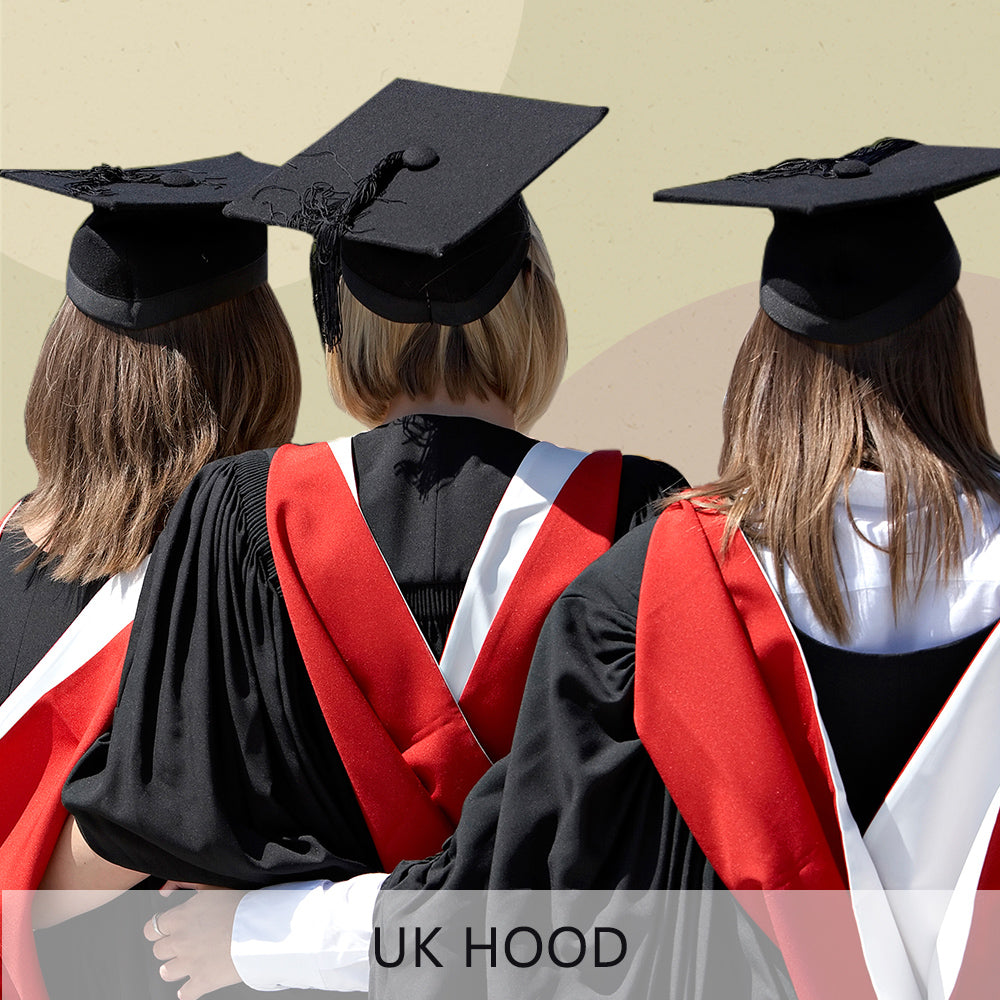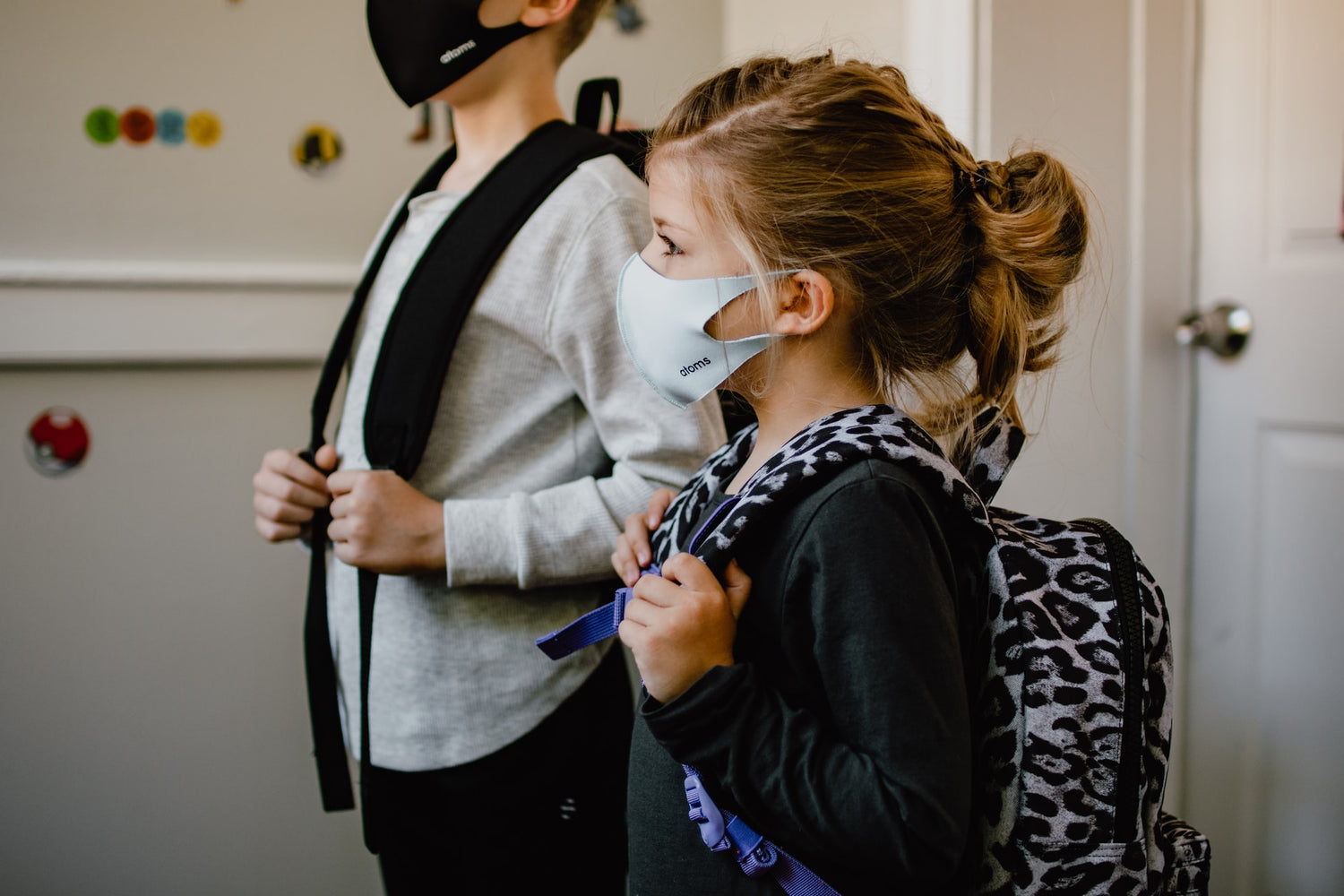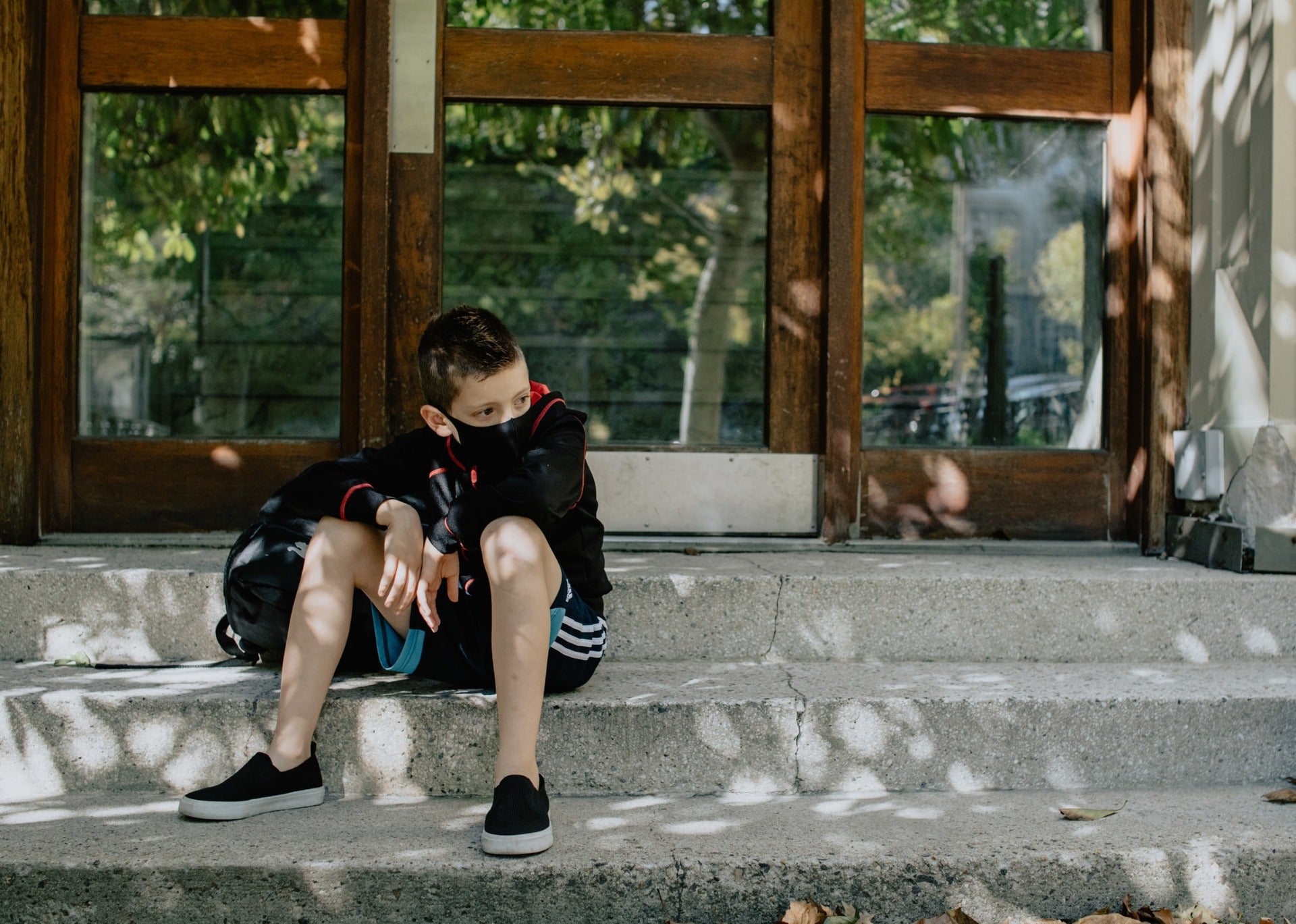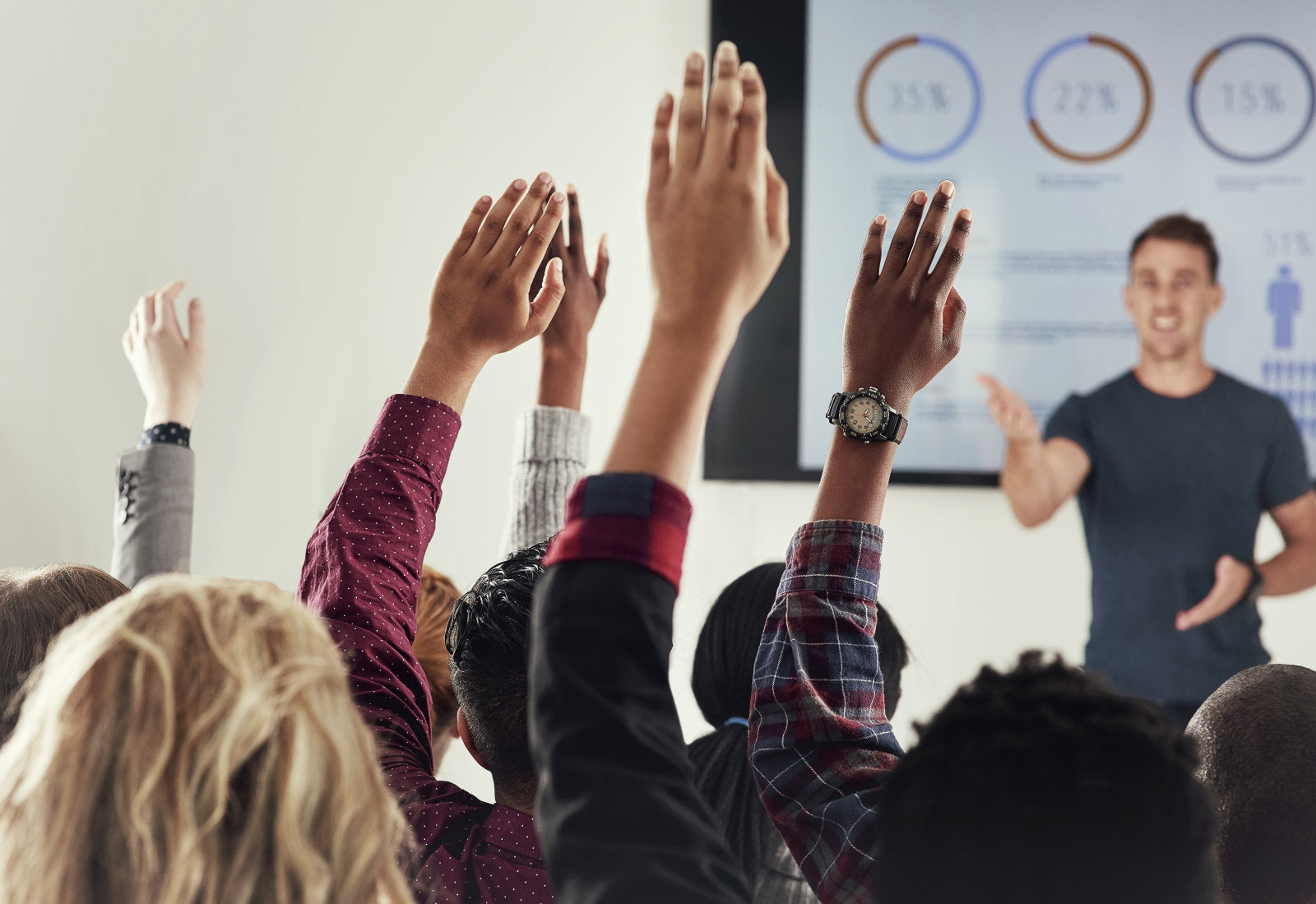In the second year of the pandemic, different opinions have emerged about what should be the ideal measures to avoid contagion. We understand that we are facing a virus transmitted by respiratory contact and contact with surfaces contaminated with secretions. We also know that there is a small percentage of the world population of infected who are asymptomatic, but who can transmit the virus when they speak to someone a meter or about 3 feet away.
Therefore, one of the first recommended measures has been the use of masks or any protection element that covers the mouth and nose, up to the chin. The second recommended measure is continuous hand washing, and finally social distancing. These three measures head all the bio-security protocols in all the institutions where a considerable number of people attend. Other contagion prevention measures were gradually adopted, many of them lacking any solid foundation. For example, in some countries, when entering financial entities, supermarkets, schools, and other institutions where many people attended, rugs were installed on the floor with disinfectant liquids or chambers that spray disinfectants through which everyone must pass.
The use of masks, apart from being a mere means of protection, has become fashionable, but at the same time, the use of masks all the time has caused various problems. Many people began to experience different signs and symptoms, such as shortness of breath, headache, irritability, tiredness, fatigue, itchy face, difficulty communicating, emotional distress, visual disturbances, dizziness, palpitations, concentration disorders, anguish, coordination disorders, cough, fear, and panic. Some people who suffered from diseases such as asthma or allergies or emphysema even reported that their health conditions worsened with the use of masks.
The World Health Organization has recommended the use of masks as part of a comprehensive strategy of measures to suppress transmission and save lives. In addition, they recommend adopting other simple measures, such as maintaining physical distance, ventilating rooms, avoiding crowds, and washing hands. The World Health Organization has recommended that all governments encourage the general public to wear masks. However, other studies carried out by health professionals take a different position and criticize the use of masks. Considering that there are several types of masks, some of them even have valves in the center or on the side, some experts say that no mask with a valve is effective in the context of a pandemic. This is because this kind of mask protects the user, but not others, since it filters particles from the outside air when the person inhales but allows particles to escape through the valve when the person exhales.
The controversy about the use of masks has reached all areas, one of them has to do with the return of children to schools. In some countries, children are gradually returning to the classroom, while in others confinement persists due to high rates of contagion. The United Nations International Children's Emergency Fund (UNICEF) recommends that when schools reopen, it is important to take precautionary measures both inside and outside of classrooms to prevent the spread of COVID-19. They affirm that one of the main lessons that the pandemic has left is the importance of teachers for children to continue their learning process. For its part, the World Health Organization recommends using cloth masks to prevent transmission in the general population in public areas, particularly when distancing is not possible, and in areas of transmission in the community. In some situations, school grounds will need to be included in these zones. Masks can help protect others, as symptoms of the disease do not always appear immediately after infection.
Governments in different parts of the world are working hard to design updated biosecurity protocols for the safe return of children to schools. In this continuous prevention work, other issues have been taken into account, and now we realize that the use of masks in schools entails other problems. Recent studies state that the use of masks can have an impact on the development and perception of language in younger children, and this is because the adults who interact with them wear a mask. From a very young age, children are very sensitive to articulatory information, which helps them specialize and perfect the phonology of their mother tongue. In our brain, there is a type of neuron known as "empathy cells" or "mirror neurons." Thanks to them, we can express feelings related to our environment, that is, we rejoice when the people around us are also happy, we feel the desire to yawn when someone close to us does, or we cry when we watch a sad movie. Other experts outlined the use of masks by children affects their social interaction and especially their emotional part. The social relationship is affected and creates negative feelings such as fear, anguish, and even phobia. Experts recommend looking for alternatives that do not put health at risk but also do not affect mental health, especially in younger children and also in adolescents.
We are still in the experimentation phase, here the creativity of the teachers plays a very important role, it is they who must find a way to teach without affecting all those emotional aspects that are important in the learning process of children.























Leave a comment
This site is protected by hCaptcha and the hCaptcha Privacy Policy and Terms of Service apply.